As the sun blazes and temperatures soar, engaging in physical activity outdoors can present a unique set of challenges. Exercising in high temperatures can put a strain on the body, leading to discomfort, fatigue, and even the risk of heat-related illnesses. However, with the right strategies and precautions, it’s possible to continue reaping the benefits of exercise while minimizing the pain associated with working out in hot conditions.
In this article, we will delve into ten effective methods to mitigate the discomfort and potential hazards of exercising in high temperatures. From adjusting your workout schedule to incorporating hydration and protective clothing, these strategies have been proven to enhance your ability to exercise safely and comfortably under the scorching sun. Whether you’re an avid runner, a dedicated cyclist, or simply someone looking to stay active during the summer months, these techniques can be tailored to your specific needs and preferences.
As we navigate the realms of hydration, clothing choices, and the importance of acclimatization, it becomes clear that with a combination of preparation and smart decision-making, exercising in high temperatures need not be a painful endeavor. By adopting these methods, you can continue to pursue your fitness goals while safeguarding your well-being and ensuring that the summer sun becomes an ally rather than an adversary in your journey toward a healthier lifestyle.
So, let’s explore how you can beat the heat and make the most of your workouts, all while reducing the pain that can arise from exercising in elevated temperatures.
Become warm while you are not physically active
It may seem paradoxical at first, but continuing to perspire even when you’re not actively exercising can speed up the acclimatization process. Becoming warm while you are not physically active, also known as passive warming, involves raising your body temperature through external means without engaging in physical movement. This approach can have various benefits, including enhancing relaxation, promoting blood circulation, and aiding in recovery. Passive warming techniques can be especially beneficial during colder seasons, after intense physical activity, or when you simply want to unwind and improve your overall sense of well-being. However, it’s important to use caution and avoid excessive heat exposure, as it can lead to discomfort or even overheating. Always follow safety guidelines and listen to your body’s cues when using passive warming methods.
Give yourself plenty of time to acclimate to the temperature, and move slowly at first.
When the temperature outside is high and your body is not acclimated to it, exercise is the last thing you want to do. The first truly hot day of the year is typically when you find your workout to be the most challenging.
Consistent exposure during that time period causes physiological changes that improve the body’s ability to withstand heat stress. For instance, you perspire more rapidly, and the cooling effects of that perspiration are amplified when it evaporates from your skin. Your heart rate and blood flow may also remain steady, while your skin temperature will remain low.
Seeley says she wouldn’t have tried an intense interval workout at the start of the summer if she’d known how hot it would get.
Seely recommends dialing back on your usual intensity level the first few times you exercise in the heat. Reduce your workout’s duration, distance, or intensity (by walking instead of jogging, for example) as needed. After a week or two, you should feel more at ease and ready to resume your normal pace, but with some added caution.
Kylee Van Horn, RD, a registered dietitian, certified running coach, and ultrarunner based in Carbondale, Colorado, tells SELF that any given workout will likely seem harder in the heat, despite acclimatization. That’s not necessarily a bad thing, but it is worth keeping in mind, so you shouldn’t get too caught up in maintaining the same speeds or paces you would be able to maintain in milder temperatures. Last but not least, if you really want to push yourself but it’s too hot outside, consider moving your workout inside.
Relax with some tasty beverages and tasty snacks
Relaxing with tasty beverages and snacks can offer more than just a pleasurable experience; it can be a valuable way to unwind, improve mood, and promote overall well-being. The act of indulging in enjoyable treats can provide both physical and psychological benefits that contribute to a sense of relaxation and comfort.
If you want to use a smoothie made from frozen fruit as a meal replacement, you should include some sort of protein source (such as tofu, Greek yogurt, or protein powder) and a healthy fat (such as avocado or peanut butter).
Whether it’s a cup of herbal tea, a piece of dark chocolate, a plate of fresh fruits, or any other treat that brings you joy, taking the time to relax and indulge in these simple pleasures can contribute to a more harmonious and enjoyable lifestyle.
It’s important to note that while enjoying tasty beverages and snacks can be beneficial, moderation and balance are key. Opt for options that align with your nutritional goals and dietary preferences. Additionally, listening to your body’s cues and choosing foods and beverages that make you feel good physically and mentally is essential.
Be sure to drink plenty of water before beginning your workout
Staying properly hydrated is a fundamental aspect of any successful workout routine. Ensuring that you drink plenty of water before beginning your exercise session holds immense importance for your overall performance, safety, and well-being. Hydration directly influences your body’s ability to function optimally during physical activity.
When the temperature rises, maintaining adequate fluid intake becomes even more critical due to the increased rate at which fluids are lost by perspiration.
Because people are unique, Van Horn thinks it’s difficult to provide a universal rule of thumb. Half your body weight in ounces is a reasonable starting point, plus another 16 to 20 ounces for every hour of exercise you undertake that day.
If you weigh 150 pounds, you should drink at least 75 ounces of liquid before, during, and after exercise. The American College of Sports Medicine recommends that you drink 16 to 20 ounces of water in the four hours leading up to your workout.
Van Horn recommends taking the initiative to ensure that you always have access to water by transporting cold water with you at all times. Short on ideas? If you want to ensure that you always have access to water, try one of these fantastic options for water bottles.
Fruits and herbs can be added to simple water to make it more interesting. Van Horn’s favorite combinations are orange-rosemary and lavender-lemon, both of which she brews in an infusion pitcher, like the one from Prodyne ($25, Amazon). Refreshing herbal iced tea is another option.
Also, as Van Horn points out, the more you sweat, the more electrolytes you lose. A sports drink or other electrolyte-enhanced beverage is a good idea if you plan on being out in the heat for more than an hour. You may find it easier to include it in your daily drinking routine if you add a little extra flavor. After finishing your exercise session in the heat, cool down by reading up on how to rehydrate correctly.
Time and place must be carefully considered
When it comes to engaging in physical activity, time and place are crucial factors that can significantly impact your workout’s effectiveness, safety, and overall experience. Carefully considering the timing and location of your exercise routine can lead to better results, enhanced motivation, and reduced risks.
When temperatures in Mesa, Arizona, hit a range of 105 to 115 degrees Fahrenheit, ultrarunner Allysa Jones says it “quite literally feels like you are stepping inside of an oven.”
Most of her runs take place before dawn or after sunset when the temperature is more bearable for her. Hall also does this; however, she waits until dusk to begin her runs and then uses a headlamp to keep going. Depending on where you live, that may not be possible or safe, but you should at least try to stay out of the sun during the hottest part of the day.
Seely adjusts her route as needed as well. When it’s really hot out, she only goes on her trails that are partially or fully covered in trees for shade. She explains that you should also think about the surface; a gravel route is more conducive to heat dissipation than an asphalt one.
Meanwhile, Jones takes a shorter route so that she can remain near a cooler with ice and beverages. Staying hydrated that way is much less of a hassle. If you need a break from the heat, staying near your house or car is an option.
Finding the right time and place for your workouts involves considering your personal preferences, daily schedule, and fitness goals. Remember that consistency and enjoyment are key to maintaining a sustainable exercise routine. If you’re uncertain, consulting with a fitness professional or trainer can provide valuable insights and guidance tailored to your needs.
It may sound unusual, but you could always try layering
Layering, though it may sound unconventional, is a practical and effective approach to dressing for various weather conditions, especially during outdoor activities or workouts. This technique involves wearing multiple layers of clothing to provide flexibility, adaptability, and comfort as you navigate changing temperatures and activity levels. Layering is a common strategy in outdoor sports, hiking, and even everyday activities in variable climates.
Layering is a versatile technique that can keep you comfortable and safe in various weather conditions. It’s important to experiment with different layering combinations to find what works best for your body and activities. When layering for exercise, remember that you’ll warm up quickly, so don’t overdress at the start. The goal is to strike a balance between maintaining warmth and preventing overheating.
When it comes to summer training attire, San Antonian Howard recommends lightweight long-sleeved shirts because, as she puts it, “sun beating on your skin increases your perception of the heat,” and she herself feels cooler when she wears a shirt over her skin. You can use it to shield your face from the sun and other forms of skin damage, and you can also use it to remove perspiration from your face. Wearing loose-fitting clothing helps you stay cool when the weather’s hot and dry like it was for Howard during the Marathon des Sables, a six-day marathon in Morocco. Pick fabrics that can absorb moisture and then hose them down frequently. Douse yourself with water from your bottle or a water fountain, or dash through a neighbor’s sprinkler if you can.
Howard experienced this phenomenon during the Keys 100 100-miler, where the already humid air prevented his sweat from evaporating. To combat the heat, she opts for long-sleeved, form-fitting garments that feature mesh panels, vents, and other small openings. Woods thinks it’s especially important to have ice and cool towels on hand when the weather is humid.
Smart recommends wearing long pants instead of shorts when hiking or working out in natural environments to avoid getting a rash from ticks and other insects, as well as from plants like poison ivy, oak, and sumac.
Sun protection is enhanced by wearing a hat or visor with a wide brim and flaps, such as the Outdoor Research Sun Runner Cap.
Pack ice whenever and wherever you can
No cooler, or no way to transport one, on hand? The need for ice can be satisfied in many other ways.
Seely uses it to keep cool by tucking it inside a pantyhose leg that she ties off and wears over her neck during races. The pantyhose material is light, so it won’t drag her down as it melts, and she can untie them and wear them again and again until they disintegrate.
To stay cold, Jones recommends wearing an ice bandana over your neck, head, or wrists. Jones reported that she refilled the ice bandanas at every aid station during the Javelina Jundred 100-mile race in Arizona last October when temperatures reached the 90s.
Simply wrap ice cubes in an ordinary bandana, and you have a homemade ice pack. Alternatively, you can get a hat that has a built-in pocket specifically designed to hold ice. Bandanas with built-in reusable cold packs like Cool Relief (available for $13 at Walmart) are another option. A crystal-based model can be used to maintain coolness after being soaked in water.
Take the weather into account and adjust your workout accordingly
Making reasonable modifications to your workout to account for the weather, the environment, or your present physical state is a wise and practical approach to ensuring a safe and efficient exercise session. If you want to avoid injuries, perform at your best, and make progress toward your fitness objectives, it’s important to tailor your workouts to account for environmental factors.
Showing that you care about your health and are willing to listen to your body by modifying your workout to fit the weather is a great accomplishment. Maintaining fitness gains and limiting workout-related harm through routine adaptability is key to achieving your fitness goals.
When interspersing faster-paced intervals with slower ones (such as walking slowly instead of jogging), make the latter longer or lower in intensity. Reduce the intensity of your workout or take a rest day. Do a little workout today and keep the heavy lifting for tomorrow at the gym.
Focus your attention on the positive aspects of life
As long as none of the aforementioned symptoms are present, heat can be more easily tolerated if you view it as an interesting aspect of your experience. Focusing on the splendor of your surroundings, be it a local park or the mountain you’re climbing, can help you forget about your aches and pains (as well as your pace and time goals) and appreciate the effort you’ve put in.
Be aware of the symptoms of heat exhaustion
Watching out for warning signs of heat illness is crucial, especially when exercising in hot and humid conditions. Heat-related illnesses can range from mild dehydration to severe conditions like heat exhaustion and heatstroke, which can be life-threatening. Recognizing these warning signs and taking prompt action can prevent serious health complications.
Being proactive about watching for warning signs of heat illness is an essential part of responsible and safe exercise, particularly in high-temperature environments. Prioritize your well-being by staying informed, prepared, and attentive to your body’s signals during physical activity.


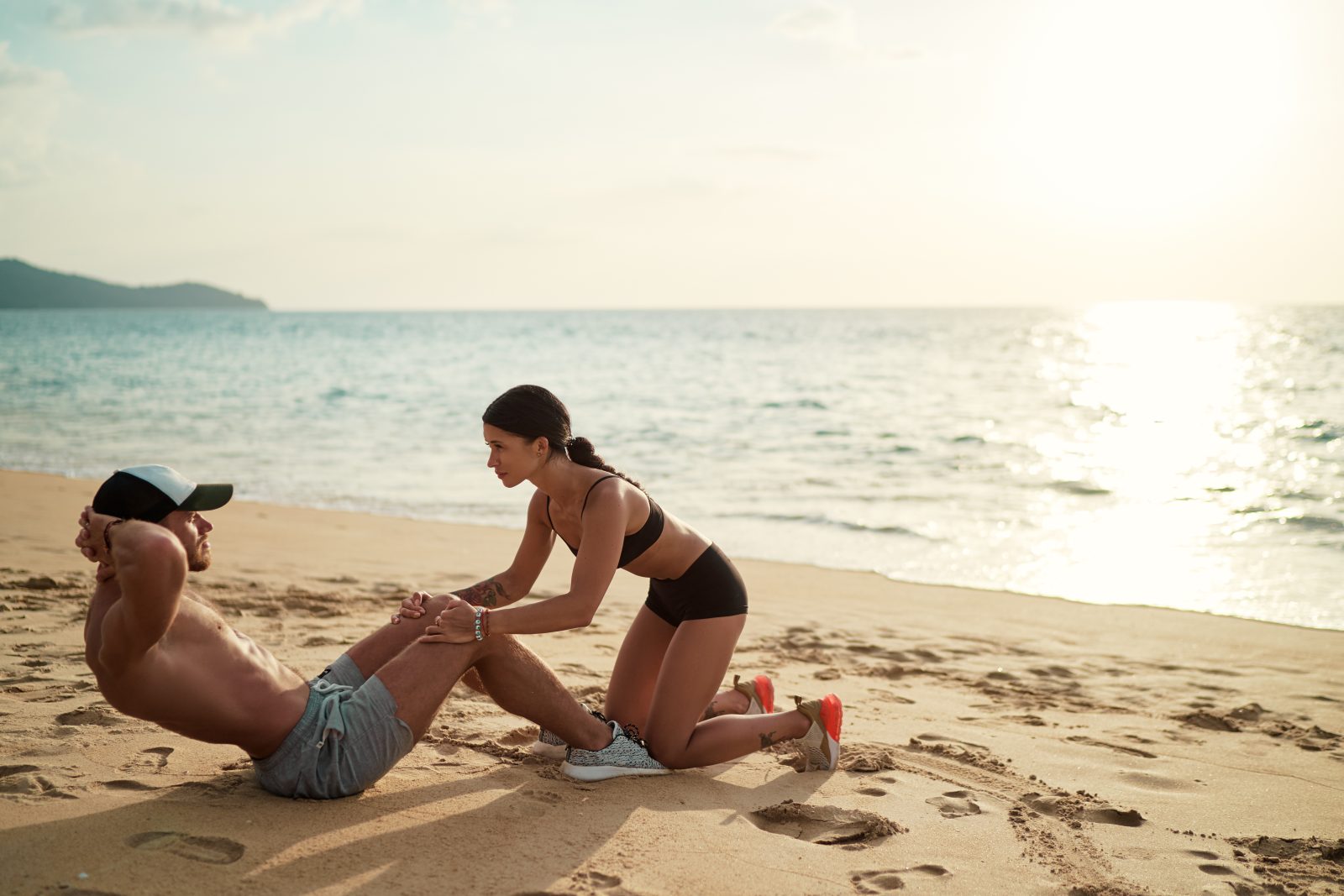
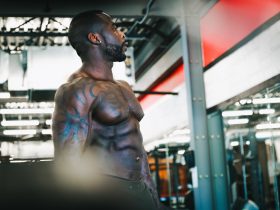








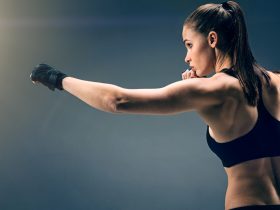
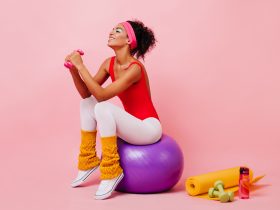
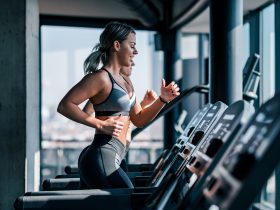

Find Us on Socials